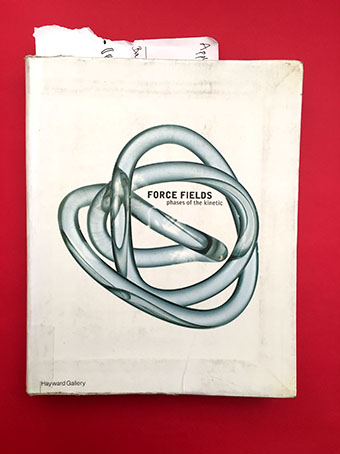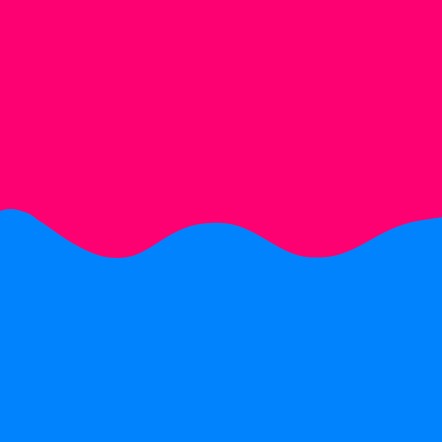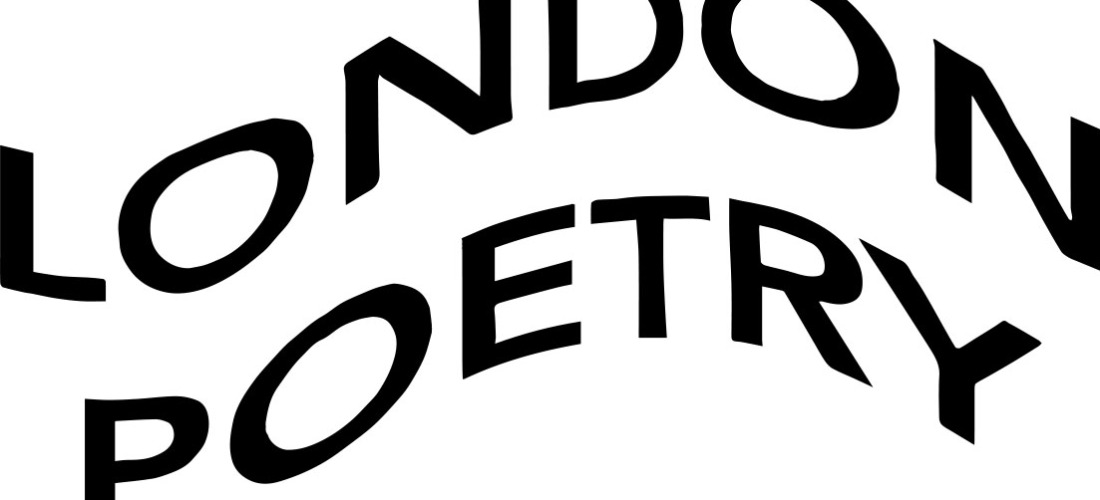Next task for this brief is to choose one movement out of my three to develop further and base this project on, looking into typefaces, posters, textile, sculpture, architecture etc surrounding the movement. Feeling the most drawn to Washington Colour School, I researched that more but as it was so narrow I couldn’t find all the information I needed cause it simply doesn’t exist. So I changed to De Stijl as I felt I can work with that better and the movement is so much bigger, but looking into that more I realised I couldn’t engage with it fully as I didn’t like it whole heartedly. The typefaces used looks really bad and don’t inspire me at all and well.. all the information felt too accessible and too easy to find and it made me feel like a robot doing research as I didn’t have to think much myself.
So, standing in the library I glanced at a book by chance because it was next to the Dutch art books, picked it up and couldn’t leave without it.

It’s a book about kinetic art through the 1900’s and looking through it I saw names I came across while researching for the Google Engage project (LeParc and Morellet) and felt like I had to look into this more as I find it very interesting and inspiring. Reading the book, it mentions some of my Zero movement artists such as Otto Piene, Lucio Fontana and Yves Klein. So that’s how I decided to choose Zero as my project. It’s weird but challenging and inspiring at the same time and I feel like I can interpret it in so many ways which is exciting.














